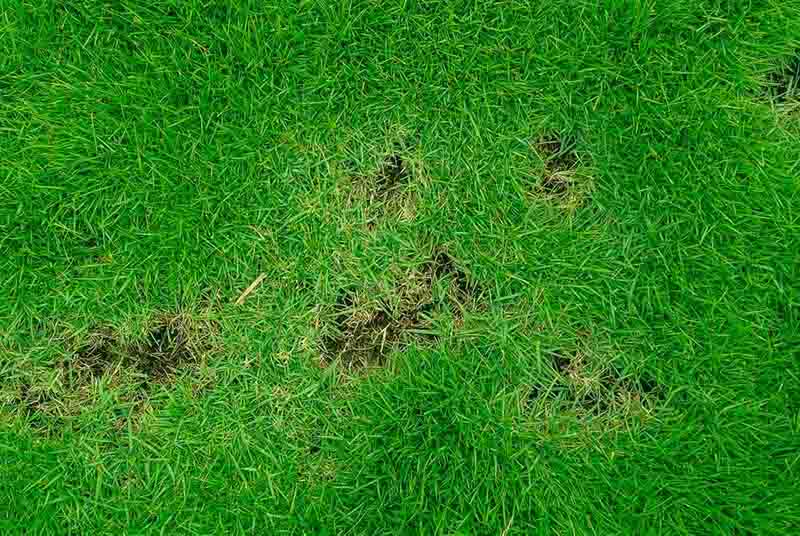Top Grub Prevention Services in North Dallas
At Abracadabra Lawn Pest & Weed Control, we understand how important it is to maintain a healthy, lush lawn. Unfortunately, grubs—larvae of beetles—can cause serious damage by feeding on the roots of your grass. If left unchecked, these pests can turn a once-green lawn into a patchy, brown mess. That’s why timely and effective grub control is essential for homeowners in Dallas and the surrounding areas. Our professional team specializes in preventative treatments and eco-friendly solutions to keep your lawn grub-free year-round.

Understanding the Grub Life Cycle
Grubs go through several life stages, each playing a crucial role in lawn damage. Knowing when and how to act can help prevent extensive destruction.
Egg Stage
(Late Summer – Early Fall)
- Adult beetles lay their eggs in healthy, well-maintained lawns.
- Within a few weeks, these eggs hatch into grubs, beginning their destructive phase.
Larvae (Grub) Stage
(Fall – Spring)
- The most damaging stage, where grubs feed on grass roots.
- Signs include brown patches, weak grass that pulls up easily, and increased bird or animal activity in your yard.
Pupation
(Late Spring)
- Grubs burrow deeper into the soil to pupate and transform into adult beetles.
- While no feeding occurs during this stage, the damage has already been done.
Adult Beetles
(Summer)
- Emerging beetles lay new eggs, continuing the cycle.
- Without preventative treatment, new grubs will hatch and start damaging your lawn again.
Why Grub Control Prevention is Essential
Ignoring grub infestations can lead to lasting lawn damage. Here’s why timely prevention is key:

Consequences of Not Applying Grub Prevention
Neglecting grub control can lead to severe lawn deterioration. Here are some of the biggest risks:
Severe Lawn Damage
- Patches of dead or dying grass
- Increased vulnerability to drought and disease
Increased Pest Problems
- Grubs attract skunks, raccoons, birds, and other animals that dig up your lawn searching for food.
Long-Term Soil Damage
- Continuous root destruction weakens soil structure, leading to erosion and making it harder to grow healthy grass in the future.
Loss of Lawn Aesthetic and Value
- A visibly damaged lawn diminishes curb appeal and can impact property resale value.
How Abracadabra Lawn Pest & Weed Control Can Help
We provide expert grub prevention services using eco-friendly, targeted treatments at optimal times—typically in early spring or late summer. Our technicians assess your lawn’s condition and apply customized solutions to keep grubs from taking over.
Don’t Let Grubs Ruin Your Lawn!
Protect your lawn from destructive grubs with help from Abracadabra Lawn Pest & Weed Control. Get a free estimate today and keep your yard green, healthy, and pest-free!
Frequently Asked Questions About Grub Worm Control

Satisfaction Guarantee
We guarantee 100% of our returning services. Call us for more information about our Grub Worm Control and the guarantee of service.
Good Contractors List
Abracadabra is a proud member of the Good Contractors list which means you can hire us with the confidence that your ant control service is backed by a money back guarantee. The Good Contractors List are so confident in our services that they guarantee that we will deliver what was agreed upon or The Good Contractors List will PAY up to $10,000 to make it right!
Lawn Care Services So Good, It’s Guaranteed!
At Abracadabra, we don’t just talk the talk. We back it up with our satisfaction guarantee and a history of exceptional service.

